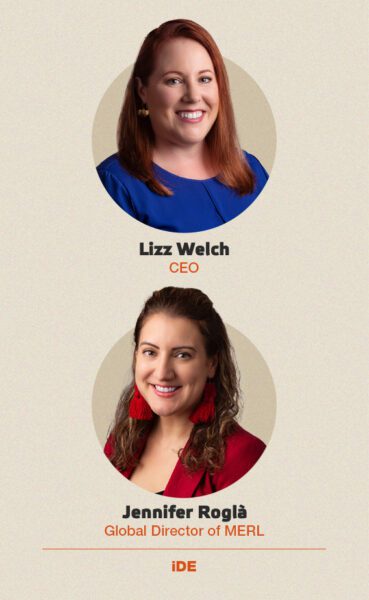Rethinking Copyright in the Age of Generative AI
Striking a balance between incentives and innovation
Innovative Solar Solutions for Energy Resilience in Underserved Communities

Posigen employees installing solar panels on residence. Photo courtesy of Posigen.
Related Content
Comments
Deep Dives
RECENT
Editor's Picks
Webinars

Featuring
Lizz Welch & Jennifer Roglà
iDE
May 16 - 12:00 PM EST

Impact Encounters
May 22 - 6:30 PM EST
News & Events
Subscribe to our newsletter to receive updates about new Magazine content and upcoming webinars, deep dives, and events.
Become a Premium Member to access the full library of webinars and deep dives, exclusive membership portal, member directory, message board, and curated live chats.
0 Comments